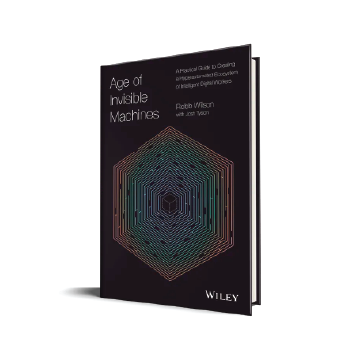In 2020, the average tech user had a dizzying 70-80 passwords. Software exists to help us manage passwords and it, too, is accessible via PW. They feel inescapable.
Even more—so given that a 2019 Google poll uncovered a startling reality: 4 in 10 Americans have copped to having their information compromised online. A rash of security breaches in recent years—Equifax, Adobe, LinkedIn, and countless others— have pushed us toward more passwords, longer passwords, and ridiculously complex passwords.
Hyperautomation has an answer. It used to be commonplace for private businesses to house data collected through their own channels. With data breaches rampant and security con- cerns high, however, many are opting to leverage Customer Information Access Management (CIAM) to remove liability.
This technological “middleman” houses any data you “ship” to a company. In truth, you never actually send your information directly to a business; instead, it zips off to a CIAM service that collects and secures it. If a company needs any of your personal details, they request it through CIAM. You receive a request for access with the ability to grant or deny. If you grant access, it will be available to the company for a limited period of time. Then, the data will be permanently deleted from its files.
Now think of something like this as a decentralized information storage model. In this environment, no one person has control over information; it is stored piecemeal on thousands of servers across the world and either anonymized or encrypted (or both) so it can never be compromised.
How do you securely verify your identity so you can share personal information? Hyperautomation that leverages biometrics.
Technology like this is already on the periphery of mainstream, but it’s not yet come into its own, largely due to its mediocrity. Better versions are coming. Biometric mechanisms like thumb prints, eye scans, and hands scans are being perfected. Soon, you won’t need to dig up a password to access your information or share critical personal data. You’ll just touch a screen, look into a camera, say an identification word and/or it will verify you by recognizing your voice.
It’s Sunday morning. You’re leisurely drinking coffee and watching the news, when you hear something buzzing on your lawn. Your neighbor, an early riser and inveterate do-gooder, is mowing your lawn. What a guy.
You thank him with some crypto by touching your phone and issuing a simple prompt: you type, or say, “Pay Frank Smith 1 bitcoin.” Your identity is confirmed via eye scan and your phone manages the payment in full.
Seconds later, Frank has some “thank you” crypto sitting in his account. You connected your “donation” with a transactional prompt (“Mowed my lawn — what a gem”), so his customer score goes up as well.
